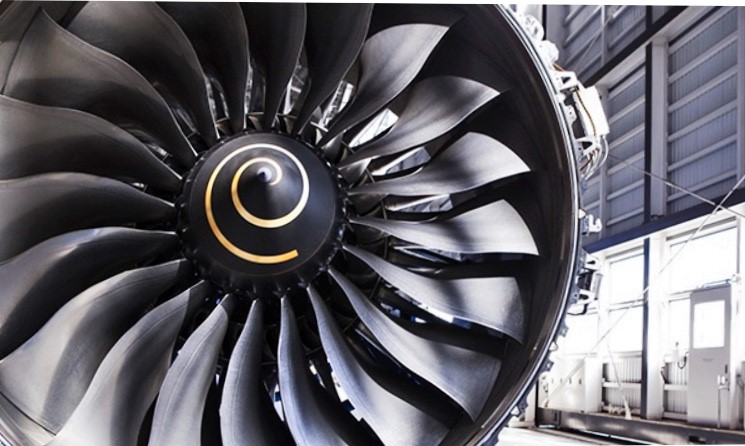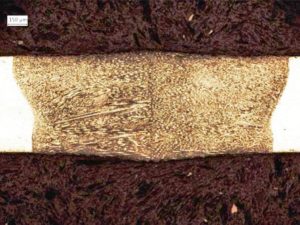The Weldability of Nickel Alloys

A material that is said to have good weldability can be welded without the need for very careful controls in order to avoid major defects or to achieve the required mechanical properties.
For some steel types, some have better weldability than others and this is also the case for the wide range of nickel alloys.
The weldability problems for nickel alloys are different from those of Carbon steels but there are some similarities with the welding of some of the stainless steel grades.
Weld Metal Viscosity
Compared with steels, nickel alloy weld metals have a much greater viscosity, this means that the weld metal does not flow and wet the base metal as easily. Welders need to avoid the tendency to raise the welding current too high to make the metal flow as when welding steels.
To help the weld metal flow across the joint and fuse with the weld preparation, a slight weave technique should be used. This means that weld preparations may need to be slightly more ‘open’ to allow for a weave.


Penetration
Nickel alloys show lower penetration when being welded and it may not necessarily be increased significantly by raising the current.
When welding open roots that require to have full penetration, it is advisable to use a slightly thinner root face than would be used for a similar joint in steel.
Removal of Oxide Scale
Nickel has a refractory oxide – an oxide that melts at a temperature significantly higher than the base metal. For nickel, the oxide melts at ~2090°C whereas nickel itself melts at ~1446°C.
Any oxide that is present on a nickel alloy will remain solid during welding. If the oxide film is relatively thick, (say if an alloy is exposed to temperatures above ~540°C) then there is a risk it may lead to regions of lack of fusion in the weld.
Thick oxides, such as those formed by heat treatment must be removed before welding. An area of at least 25mm from the weld joint edge should be cleaned to bright metal by means of grinding or machining; wire brushing is unlikely to be effective in removing the oxides that form on nickel alloys.
Abrasive discs/flapper wheels (~80 grit) the type that are used on stainless steels (iron-free) should be used for nickel alloys. Also, any abrasives used for blast cleaning must also be free from iron or other contaminants.